|
Diastasis is a whole body issue. So much focus can be placed on TVA that the rest of the core cylinder can be forgotten. Our core is not designed to work as individual muscles, but as a "cylinder" of support comprising of the diaphragm, TVA (deep abdominals, pelvic floor and mulitifidus (deep spinal muscles). When we re rehab a diastasis, the whole core has to be involved.
If any non-core muscle is restricting any element of the cylinder, it is also going to have an affect on the deep abdominals. For example, if your obliques are tight and your diaphragm is not moving freely as you breathe, one element of the core cylinder is restricted. When you try and do your core exercises, the lack of diaphragm engagement is going to make the whole core less well engaged, reducing the effectiveness of the core exercise to heal the diastasis. So if you've tried a load of core exercises/pilates and you haven't seen the results your looking for, consider seeing your local woman's health physio for a thorough assessment.
0 Comments
You may have been told that you shouldn't plank, run or do various sits up with a diastasis. Spend a little time on google and you will find lots of diastasis "safe" and "unsafe" exercises.
The fact is that everyone is different, because diastasis isn’t a blanket diagnosis and functional ability varies person to person. One person may dome when they front plank, but be fine when they do a sit up; some one else might be the opposite. It's so important to get a proper assessment of the linea alba and core muscle activation doing functional movements, otherwise you may be missing out on that high level yoga class unnecessarily. A physiotherapist can assess the size and tension of a diastasis gap, but also the functional movements or exercises that doming. Once this has been established, a suitable strengthening programme can be given to regain strength and control to prevent doming in those specific movement planes. Diastasis refers to a separation of the rectus abdominis muscles across the linea alba. Diastasis occurs naturally in pregnancy, but can continue in some women in the postnatal period. The presentation of diastasis can vary, so thorough examination is important. Here are some of the factors that can vary from person to person.
1. Width and Depth It is important to assess both the width and the "softness" of the gap on palpation. An ongoing gap with firm tension shows that there is good abdominal strength, and often rehab is not required. A gap with soft tension tends to pose more issues with doming and will require rehab. 2.Location The separation might be more pronounced at different points along the midline of the abdomen (see above image). The gap is commonly largest around the belly button area, but can occur higher or lower. 3.Associated Symptoms Often diastasis goes hand in hand with other core related symptoms such as incontinence and back pain. Understanding these variations can help healthcare professionals assess and guide appropriate treatment, which may include exercises and physiotherapy. There is little conclusive evidence on the best method of rehabilitating a diastasis. The aim of this infographic was to provide a bite size reference for best practice approach, based on the evidence that is available for managing the condition. It also aims to raise awareness ofthose less familiar with treating diastasis, to give them an overall view on management. The take home message is that there is no one size fits all method and that each patient will
need an individualised approach. The poster highlights the need to focus on tension of the linea alba, rather than gap size. This is supported by literature evidence that inter recti distance can actually increase with TVA contraction (Lee and Hodges, 2015 and Theodorsen et al, 2019). The basis of rehab is therefore focussed on tension rather than whether the gap physically decreases during the exercise. Assessing functional response to exercise on an individual basis can potentially give them more freedom to return to the things they love. The functional ability will vary person to person, even if the diastasis presents similarly to another in size or tension.The focus should be on whether clients can create tension across the linea alba during the task, rather than relying on gap size. When functional activities are not yet appropriate, rehabilitation can be goal specific and modifications set. Further research is needed to identify which rehab protocol of strengthening provides the best results, in order that we can confidently offer our patients the best possible treatment outcome that is evidence based. |
AuthorClaire is a women's health and sports Physiotherapist. She is the owner of Spring Physio and is based in East Sussex. Archives
April 2024
Categories
All
|
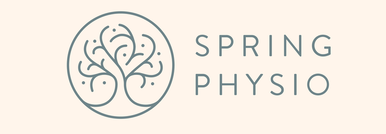
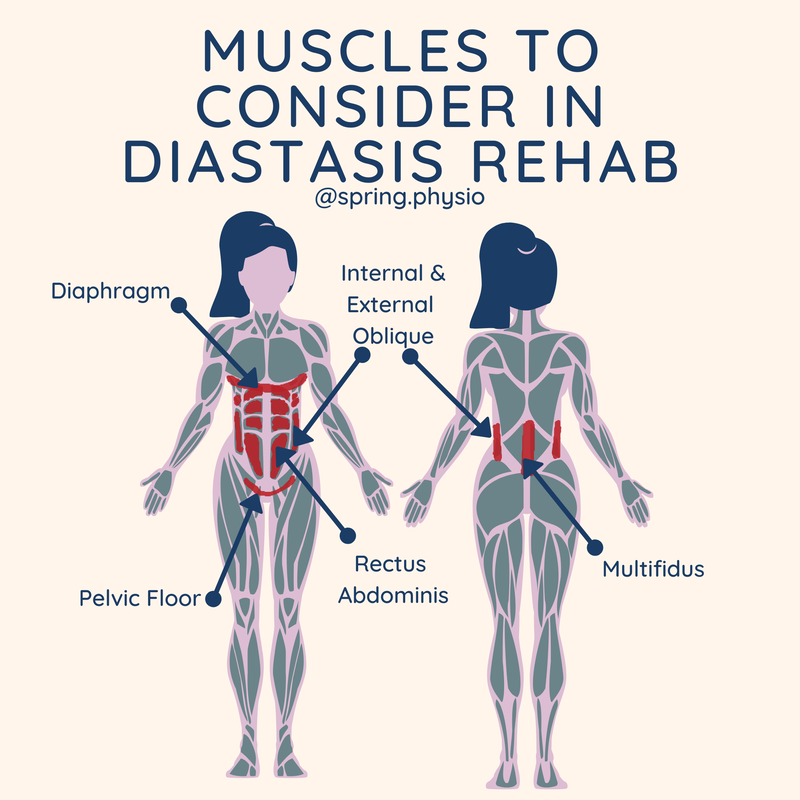
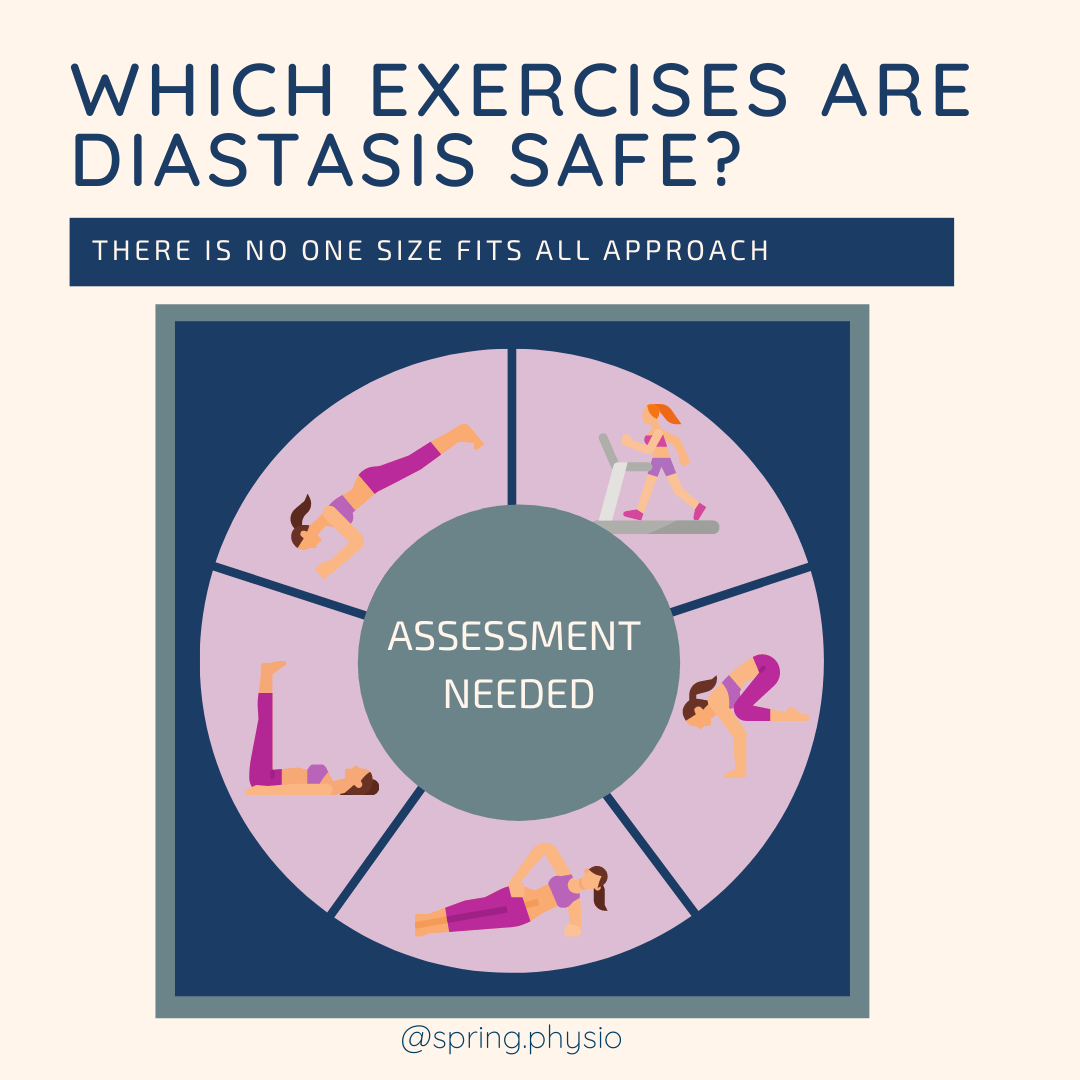
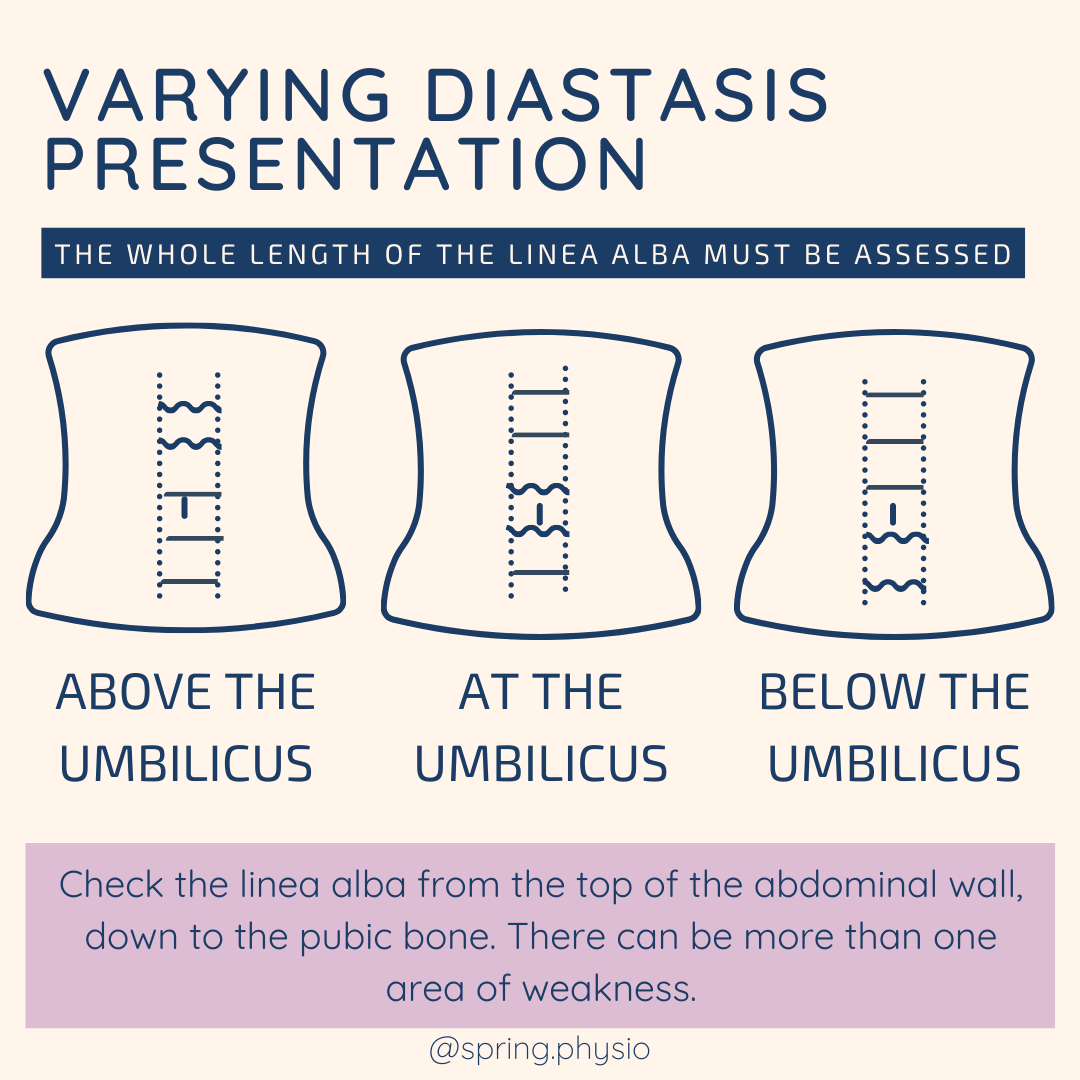
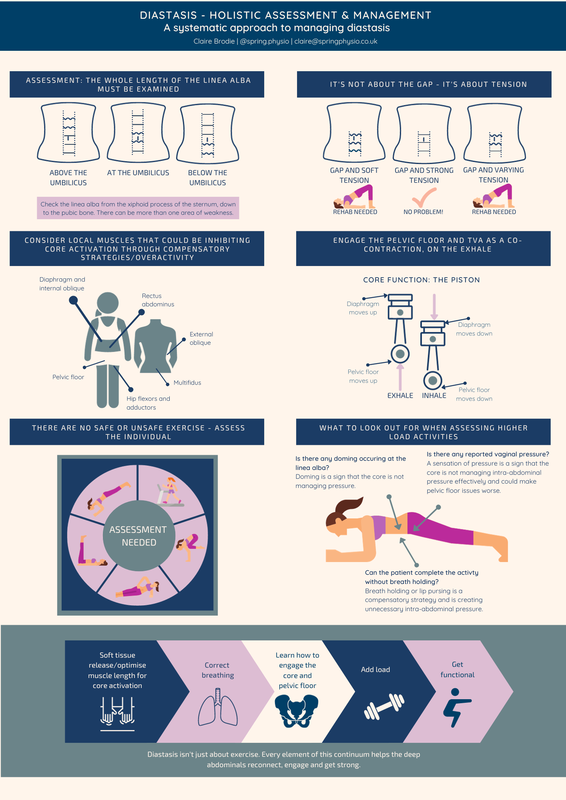
 RSS Feed
RSS Feed